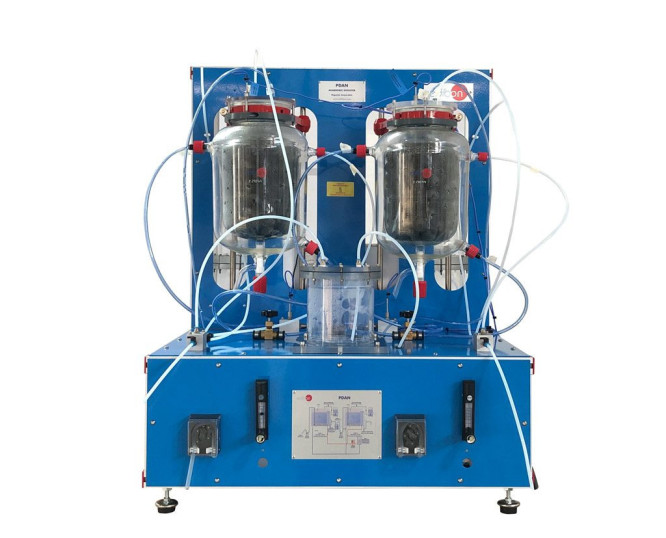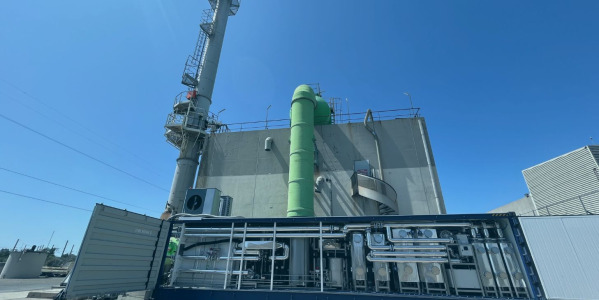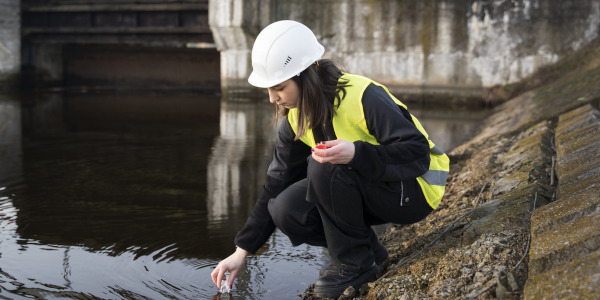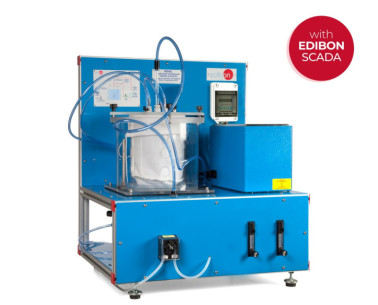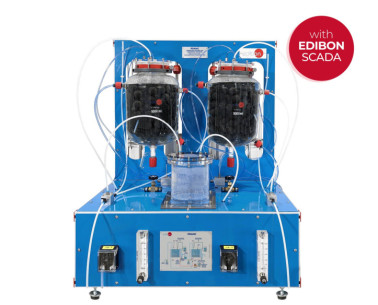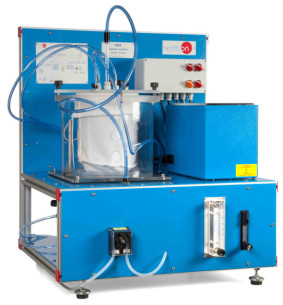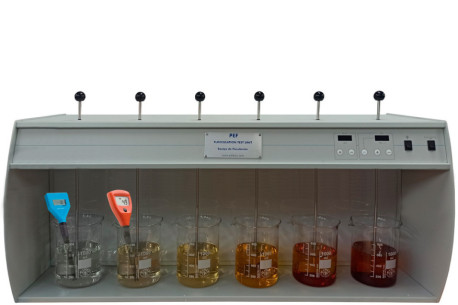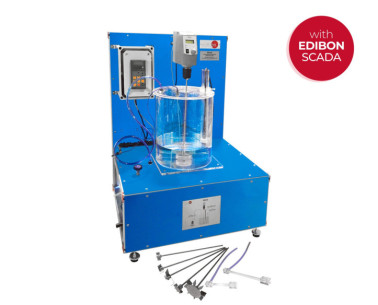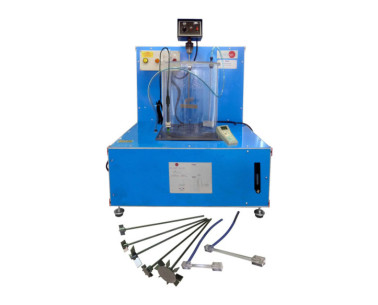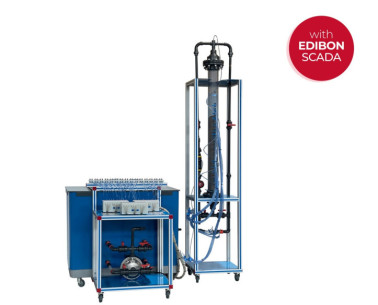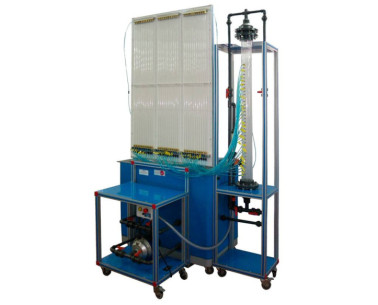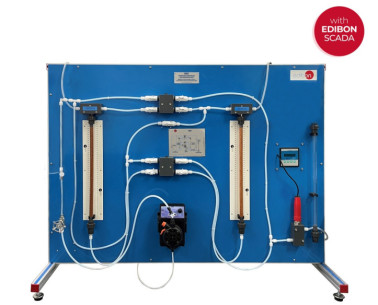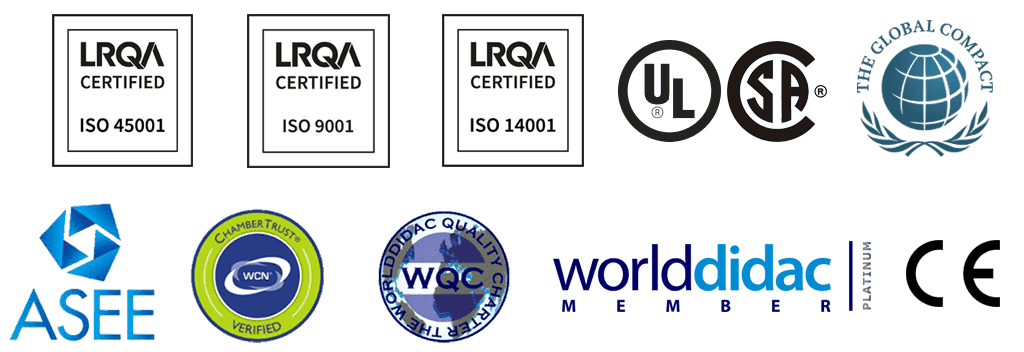In a world where climate change represents one of the greatest threats to our future, carbon dioxide (CO2) adsorption has become an urgent priority. The increasing concentration of CO2 in the atmosphere, primarily driven by human activities such as fossil fuel combustion and deforestation, has...
At EDIBON, we are committed to strengthening skills as a strategic pillar for the competitiveness and social well-being of the European Union. Proper training not only boosts the economy but also enables individuals to fully participate in society and democracy.
直接空气捕获 (DAC) 是一种创新技术,通过与液体溶剂或固体吸附剂的化学反应直接从空气中去除CO₂。尽管面临高成本和高能耗等挑战,DAC提供了一种减少大气中CO₂浓度并减缓气候变化的潜在解决方案。DAC的持续研究和开发对于提高其可行性和有效性至关重要。
废水处理设施
饮用水处理厂专注于提供安全的饮用水,而废水处理设施则负责在废水再次排放到环境中之前对其进行处理。
这些设施在保护水资源和公共健康方面起着至关重要的作用。
先进的处理技术有助于去除污染物,确保处理后的水符合环境标准。
 Cookies首选项
Cookies首选项

